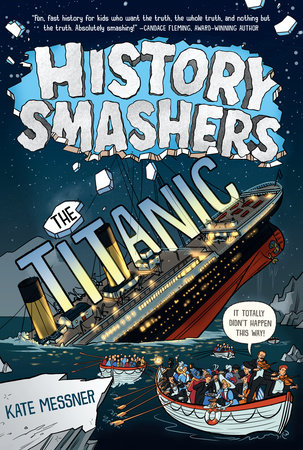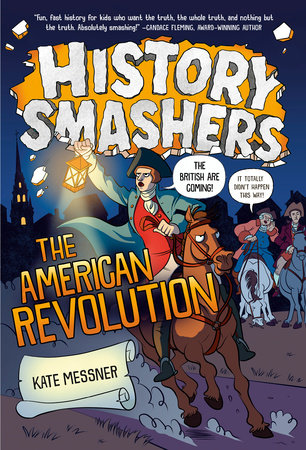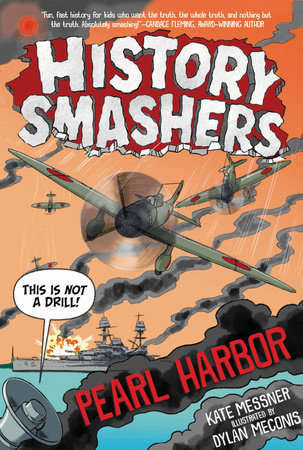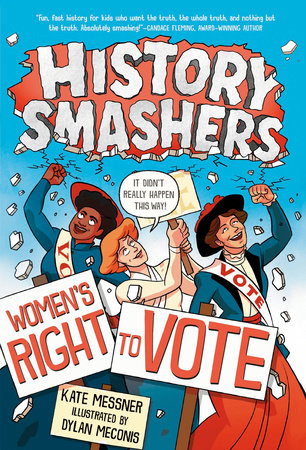

Today, I am delighted to welcome Rajani Narasimhan LaRocca to Mixed-Up Files to talk about her experience writing RED, WHITE, AND WHOLE ( Harper Collins, 2021).
- Tell us about your latest book, “Red, White, and Whole”. What inspired you to write this book?
Red, White, and Whole is set in 1983 and is about 13-year-old Reha, the child of Indian immigrants, who is torn between the worlds of her parents and immigrant community and her friends at school and 80s pop culture. But then her mother becomes seriously ill, and Reha is torn in a different way. The book involves the interplay between heritage and fitting in, science and poetry, 80s pop music and Hindu mythology. It’s about being caught between here and there, before and after, and finding a way to be whole.
The idea for Red, White, and Whole came to me as a metaphor: blood, and all that it means in terms of biology, heredity, and community bonds. I wanted to explore the immigrant experience from the inside—especially the personally resonant feeling of wondering whether you truly belong anywhere. The title refers to red and white blood cells and whole blood; the connotations of the colors red and white in Indian and American culture; and the colors of the American flag.



- How does your professional experience as a doctor inform you in your own writing?
Because of my background in science, I love incorporating STEM topics into my writing. My debut picture book, Seven Golden Rings (Lee & Low, 2020), features a math puzzle and an explanation of binary numbers. My second picture book, Bracelets for Bina’s Brothers (Charlesbridge, April 2021), involves very early math—pattern making. Another forthcoming picture book, The Secret Code Inside You (Little Bee Books, September 2021), explains the basics of DNA. And my third middle grade novel, Much Ado About Baseball (Yellow Jacket/Little Bee Books, June 2021), features kids who must solve math puzzles that may or may not be magical.
As I’ve already mentioned, the concept of blood is a major element in Red, White, and Whole. In the story, Reha’s mother is diagnosed with a blood cancer—acute myeloid leukemia, or AML. I did a lot of research into the disease and the treatments available in 1983, and I worked hard to make sure the medical aspects of the book were understandable to non-medical people. But the story doesn’t only explore illness. It also considers the normal functions of blood—to nourish, to heal, to protect—as a metaphor for Reha’s relationship with her mother.
- What was your writing process like for this story?
The writing process for this book was different from any of my other novels. I knew the general outline early on. I wanted to write this story in verse because that format, with its layers of imagery, sparse language, and use of metaphor, would allow me to tackle emotional topics without being too heavy-handed. I hoped that leaving more white space on the page would allow more room for readers to process what happens.
I had never written a novel in verse, so I read every verse novel for young readers that I could get my hands on. And in February 2019, I was lucky enough to attend a novel in verse workshop taught by Elizabeth Acevedo at the NY SCBWI conference. She gave the attendees some great tips, and we spent time analyzing excerpts from verse novels and doing a writing exercise. And a line from that exercise made it into the final version of my book!
Red, White, and Whole spent a long time in my head before I really got down to writing it. It became my “Friday night date” when I allowed myself to think about it while I worked on finishing another other novel.
Once I started writing Red, White, and Whole in December 2019, the story poured out of me in about six weeks. I was obsessed: I woke up thinking about it, and got flashes of inspiration in the middle of the night or when I was driving and had to dictate into my phone before the ideas disappeared. I had some topics that I knew would be poems from the beginning, and then I thought of other images and ideas that I wanted to explore, so I made a big list and wrote the poems as inspiration took me. Over time, I went back and put them in an order that made sense and filled in spots as needed. I asked a few trusted readers give me feedback. And then in mid-February 2020, I felt the novel was done and sent it to my agent.

- You have written for many different age levels from picture books to middle grade. Is there any age group you have most enjoyed working on the most? If so, why?
I’ve always been an omnivorous reader—even as a kid, I loved novels, nonfiction, comic books, comic strips . . . nearly everything. So it’s no surprise that now I’m an omnivorous writer, writing fiction and nonfiction, novels and picture books, poetry and prose.
I particularly love middle grade because the books I read from those years are the ones that have stayed in my heart. Middle grade readers are at such an important point in their lives: they seek connection with family and friends, strive to make a difference in the world, and care deeply about fairness and justice.
But I also love writing picture books—which are for children, of course, but also for the adults who read to them. And the final product, when a gifted artist illustrates your words, is nothing short of magical.
- What has writing this story taught you about yourself?
I knew Red, White and Whole was an ambitious project, and there were times when I was full of doubts. Did I know how to write a story in verse? Was it okay to set the novel in the 1980s? I’d put my heart and soul into this book, but would anyone else be interested in reading it?
But I couldn’t help myself—I had to write this story. And so I persevered through my doubts and allowed myself to be more vulnerable than ever before in my writing. Reha’s story is fictional, but some of the situations and many of the emotions in this book came straight from my own life.
And when I sent this book to my agent and we then sent it to editors, it became clear that this story did resonate with others—even those who don’t share my background or experiences. At its heart, this story is about love and family, friendship and belonging, and feeling pulled in different directions—and these are universal feelings, especially during adolescence.
So what did writing this book teach me? That it’s okay to be ambitious about a project. That I have the right to tell stories that are deeply meaningful to me. That baring my heart on the page can translate so that others feel it, too.
- What would you like to say to writers who are reading this interview and wondering if they’re good enough, or if their voices and stories matter?
There are stories that only you—you, with your own experiences, perspective, and skills—can write. So write them. Write them first for yourself, and don’t be afraid to be vulnerable. Because the more specific and emotionally true a story is, the more universal it can become. And there are people who need your stories, even if they don’t know it yet.
Enter the giveaway for a copy of RED, WHITE, AND WHOLE by leaving a comment below. You may earn extra entries by blogging/tweeting/facebooking the interview and letting us know. The winner will be determined on Monday, February 8th, 2021, and will be contacted via email and asked to provide a mailing address (US/Canada only) to receive the book.
Rajani LaRocca was born in India, raised in Kentucky, and now lives in the Boston area, where she practices medicine and writes award-winning novels and picture books. She’s always been an omnivorous reader, and now she is an omnivorous writer of fiction and nonfiction, novels and picture books, prose and poetry. She finds inspiration in her family, her childhood, the natural world, math, science, and just about everywhere she looks. To connect with Rajani and learn more about her and her books visit her at https://www.rajanilarocca.com/ or Twitter, Facebook, Instagram or Linkedin







 .
. 
